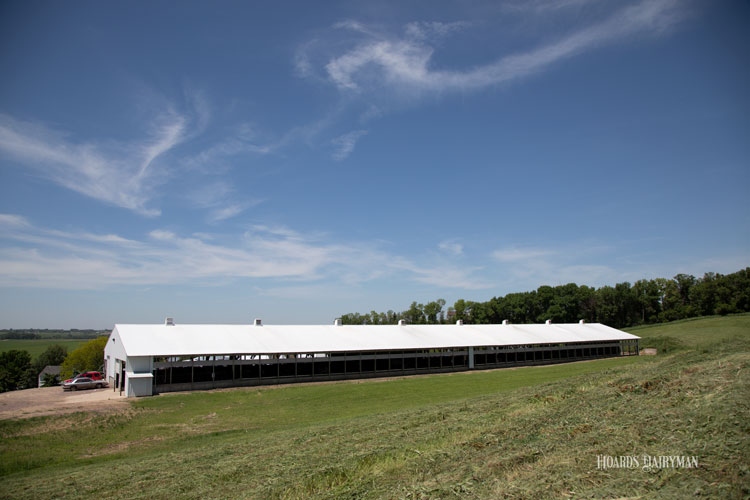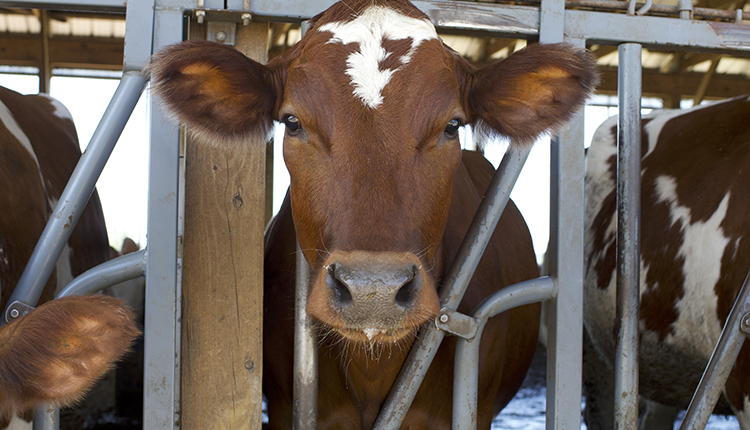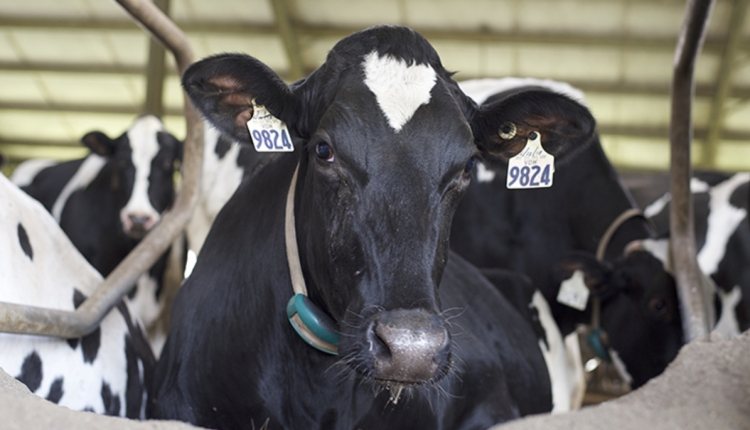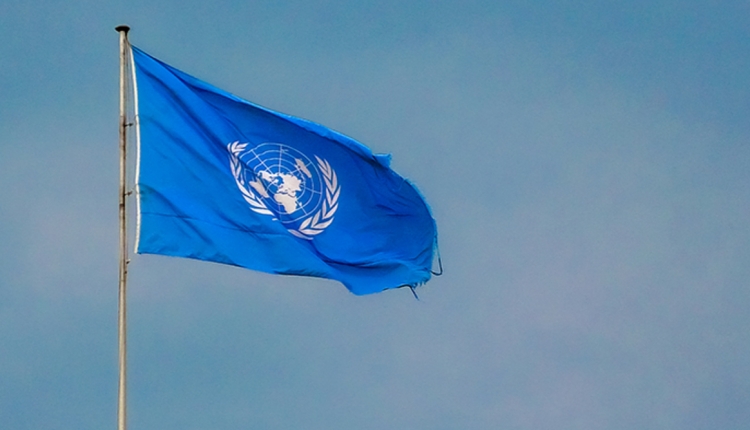
Finding solutions that work for everyone is a strength of the U.S. dairy industry.
Farmers, co-ops, processors, and others along the entire supply chain have worked together for generations to innovate and nourish a growing population. They have improved animal science and health; product quality and offerings; logistics and infrastructure; and much more, all in the service of finding large and small-scale solutions to the challenges that face farms of all sizes, in all regions.
Now, building upon decades of progress in environmental stewardship, the dairy community is collectively boosting its sustainability across the sector to achieve a set of goals for 2050 that include becoming carbon neutral or even better, optimizing water use while maximizing recycling, and improving water quality.
Dairies have installed and benefited from a variety of technologies, from energy-efficient lighting to methane digesters, and other everyday efforts that promote natural resource stewardship. Some farms enhance sustainability in the soil; they plant cover crops, use no-till farming practices, and rotate crops they plant to promote carbon sequestration and reduce their emissions. Most recycle their water. All are committed to improvement.
Quantify your efforts
One of the tools available to farmers wanting to quantify and improve their sustainability efforts is the FARM Environmental Stewardship program area. Using a peer-reviewed model, the program estimates farm-level greenhouse gas emissions and energy use on dairy farms. It also provides tools for farmers to improve their carbon footprints.
Farms that undergo an environmental stewardship evaluation come away with a better understanding of how their current practices relate to greenhouse gas emissions. Then, with Farmers Assuring Responsible Management (FARM) resources such as its Continuous Improvement Reference Manual, they can set goals to decrease their emissions, and apply what works for them on their operations.
Improvement already happening in the U.S.
The U.S. dairy industry is responsible for less than 2% of GHG emissions in the country. Much of that is methane, which has an impact that many scientists say is likely overstated. According to the Food and Agriculture Organization of the United Nations, North America — which is dominated by U.S. dairy production — is the only region in the world where absolute emissions dropped from 2005 to 2015, by a total of 5%. That occurred even as milk production grew over that same time period.
Nourishing consumers in the U.S. and globally while taking care of the environment is a testament to the strength of farmers working toward common ends. The benefits of those efforts have been compounding for years — and with the right tools, farmers can continue keeping emissions low while remaining productivity leaders.








